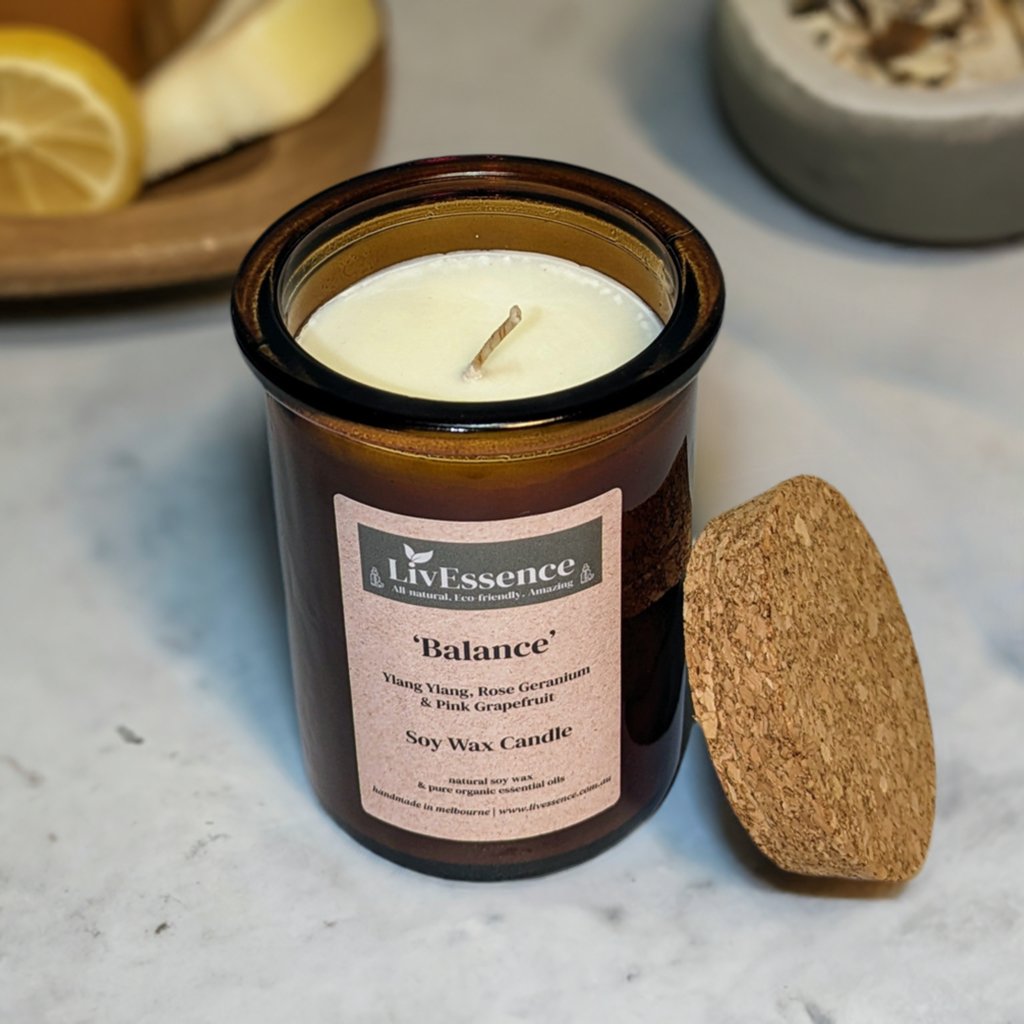From Wick to Wax: Recognizing the Chemistry Behind Soy Wax Candles and Their Environmental Impact
As we illuminate our rooms with the warm radiance of candle lights, there lies a realm of detailed chemistry behind the seemingly basic act of lighting a soy wax candle light. Join us as we untangle the clinical intricacies behind soy wax candles and explore their implications on our atmosphere.
Soy Wax Vs. Paraffin Wax
When contrasting soy wax and paraffin wax for candle light making, it is important to comprehend the distinctive characteristics and benefits of each material. Soy wax is a natural, renewable energy stemmed from soybean oil, making it environment-friendly and eco-friendly - home fragrance. In comparison, paraffin wax is a result of oil refining, which increases worries concerning its ecological impact and sustainability
Soy wax candles shed cleaner and send out much less residue contrasted to paraffin wax candles, making them a healthier selection for interior air quality. In addition, soy wax has a reduced melting factor, enabling a longer-lasting candle light that distributes scent better. Paraffin wax, on the various other hand, has a tendency to burn faster and less easily, potentially releasing harmful chemicals right into the air.
From a sustainability point of view, soy wax is favored for its biodegradability and renewable sourcing, straightening with the growing consumer choice for eco mindful items. While paraffin wax has actually been a traditional choice in candle making as a result of its price and simplicity of use, the change towards environmentally friendly choices like soy wax is gaining energy in the market.
Chemical Make-up of Soy Wax

Burning Process in Soy Candles
The chemical composition of soy wax straight influences the burning procedure in soy candles, influencing aspects such as burn time, aroma release, and ecological effect. When a soy candle is lit, the warmth from the flame melts the wax near the wick.
The burning performance of soy candles is affected by the purity of the soy wax and the high quality of the wick. Additionally, soy wax candles have a reduced ecological influence contrasted to paraffin candle you can try this out lights due to their biodegradable and renewable nature.

Environmental Advantages of Soy Wax

Thought about a sustainable option to standard paraffin wax, soy wax supplies remarkable ecological advantages that make it a prominent selection among eco-conscious consumers. One significant advantage of soy wax is its renewable sourcing. Soy wax is derived from soybean oil, which is mostly cultivated in the United States. The growing of soybeans assists support local farmers and lowers the dependence on non-renewable nonrenewable fuel sources made use of in paraffin wax manufacturing. Furthermore, soy wax is naturally degradable, implying it damages down normally without releasing damaging contaminants into the atmosphere. This characteristic makes soy wax candle lights a much more eco-friendly alternative compared to paraffin wax candle lights, which are made from oil, a non-renewable resource. Soy wax burns cleaner and produces much less soot than paraffin wax, adding to better interior air high quality and reducing the demand for cleaning and upkeep. In general, the environmental advantages of soy wax align with the expanding demand for eco-friendly and lasting products out there.
Recycling and Disposal Factors To Consider
Reusing and appropriate disposal of soy wax candles play a crucial role in maintaining ecological sustainability and minimizing waste in families and neighborhoods. When it pertains to recycling soy wax candles, the first step is to guarantee that the candle has actually melted totally. Visit Your URL This can be achieved by permitting the candle to shed till the wick is no check that more functional, and afterwards allowing the staying wax cool and solidify. Once the wax has actually solidified, it can be thoroughly gotten rid of from the container.

In terms of disposal, if recycling is not an alternative, soy wax candle lights are naturally degradable and can be securely disposed of in the majority of house waste systems. Nonetheless, it is constantly suggested to consult neighborhood reusing centers or waste management solutions for details guidelines on candle disposal to make certain appropriate handling and environmental management.
Final Thought
Finally, the chemistry behind soy wax candle lights reveals their ecological benefits over paraffin wax candle lights. Soy wax, stemmed from soybean oil, burns cleaner and produces less soot when contrasted to paraffin wax. The combustion process in soy candles is more efficient, leading to a longer and much more also shed. Furthermore, soy wax is renewable and eco-friendly, making it a more sustainable selection for candle light manufacturing. Reusing and appropriate disposal of soy wax candles further contribute to their environmental influence.
When contrasting soy wax and paraffin wax for candle production, it is crucial to understand the unique attributes and advantages of each product (home fragrance).Soy wax candles melt cleaner and emit less residue contrasted to paraffin wax candle lights, making them a healthier option for interior air top quality.Considered a sustainable option to standard paraffin wax, soy wax supplies notable environmental benefits that make it a prominent option amongst eco-conscious customers. Soy wax burns cleaner and generates much less residue than paraffin wax, adding to far better interior air top quality and reducing the need for cleaning and maintenance.In conclusion, the chemistry behind soy wax candles reveals their ecological benefits over paraffin wax candles